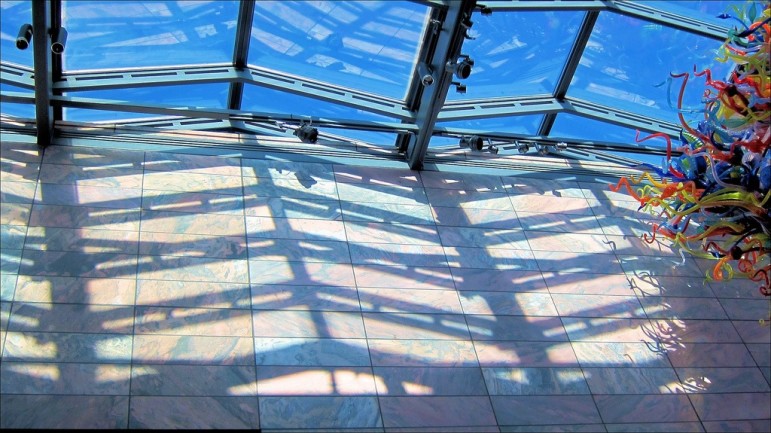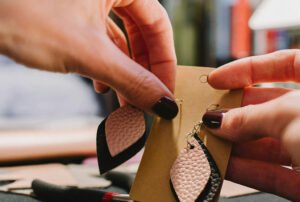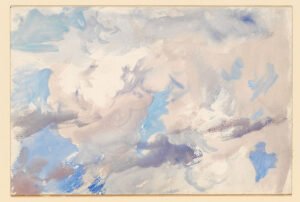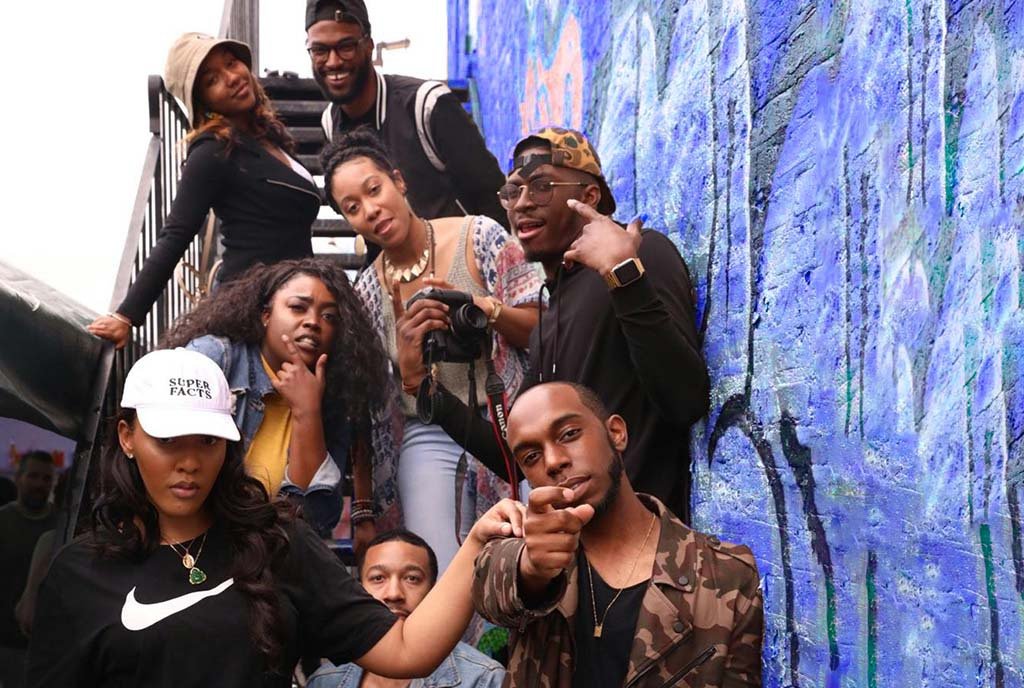
November 13, 2015; Boston Globe
NPQ has written previously about the relatively high admission prices some museums charge. As you may remember, David R. Jones, president and chief executive officer for the Community Service Society of New York, famously deemed the high admission fees at New York Museums as “cultural apartheid,” noting that the “cost of culture…has effectively priced out a large segment of the city’s population.”
Bruce J. Altshuler, director of New York University’s Program in Museum Studies, advanced the opinion that the attitude of many museums was that since they were already at capacity in numbers of visitors, why should they bother with attracting more?
The willingness of visitors to keep coming even with admission fees rising may be attributable to what economists call the elasticity of demand—the degree to which price affects the volume of demand. The large number of people who want to go to some of the most expensive museums make those institutions less willing to lower or eliminate admission fees. Certain products are more sensitive to the budget restraints of consumers, but museum admissions might not fall into that category.
So if one were interested in attracting only limited strata of society, especially in an area that attracts international visitors, a museum might be less motivated to eliminate entry fees. However, the experience at the Joslyn Museum of Omaha provides a counterbalance:
Sign up for our free newsletters
Subscribe to NPQ's newsletters to have our top stories delivered directly to your inbox.
By signing up, you agree to our privacy policy and terms of use, and to receive messages from NPQ and our partners.
The Joslyn was free to the public for decades after its founding in 1931, but it added an admission charge of $8 for adults in the 1990s. Annually, the fees amounted to roughly $200,000, or between 2 and 4 percent of the museum’s total revenues. There was one admission-free time in the course of the week, from 10 a.m. to noon on Saturdays—“and we had more than 40 percent of all our weekly visitors show up then,” [Jack Becker, director and chief executive officer of the Joslyn,] said. “That revealed the widespread desire for us to be free, as we always had been, and we followed through on that.”
Losing that 2 percent in revenues hasn’t harmed the Joslyn museum’s finances since there has been an increase in visitors—“I’ve seen a lot of people who haven’t been through the doors here in 20 years, if ever, because they couldn’t afford to come,” Becker said—who are eating at the museum’s café and making purchases at its gift shop. “The earned income more than offsets the loss in admissions.”
A study conducted by the American Alliance of Museums in 2008 reported that only a third of all museums were free to the public.
Many museums trying to split the baby between providing greater equity of access and maximizing revenue provide variable pricing—for instance, discounted admissions for locals. The Baltimore Museum of Art used to offer free admission one day a week. In 2006, however, it opted to eliminate general admissions. The resultant loss of $240,000 was two percent of the museum’s budget. Doreen Bolger, the museum’s recently retired director, reports however that the audience is more diverse and the perception of the museum among city residents has changed. Area businesses and wealthy donors have paid into a free admission endowment, which has offset a 10 percent drop in membership, which they believe is the result of longer lines.—Ruth McCambridge












